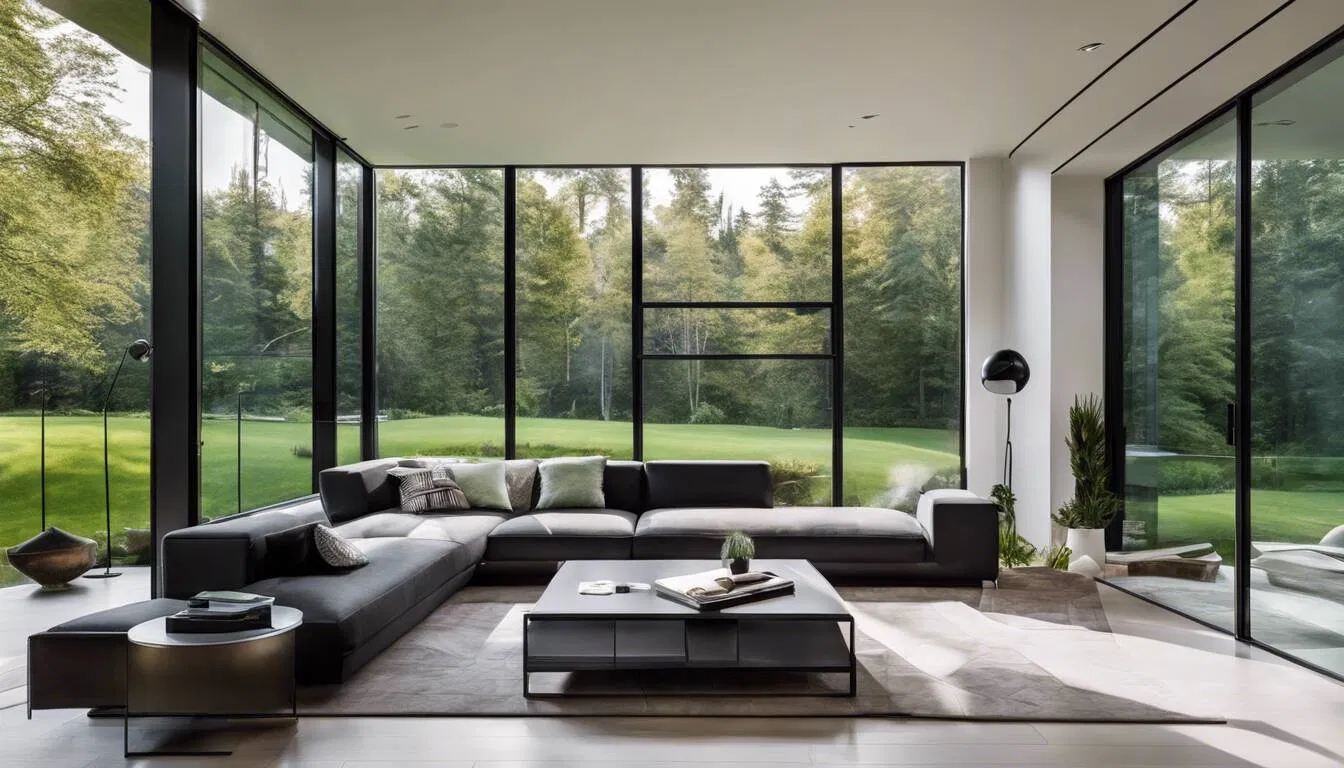
Revolutionizing Modern Living: Insights from Director Avanish Singh Visen on the Future of Windows and Doors
In the ever-evolving world of architecture and home design, windows and doors play a
crucial role in defining the aesthetics, functionality, and energy efficiency of any building. As
urban spaces continue to evolve, so do the expectations for the fenestration industry. To
understand the future of this dynamic field, we turn to the expertise of Avanish Singh Visen,
a seasoned Director in the fenestration industry, who shares his insights on the trends,
innovations, and challenges shaping the future of windows and doors.
The Shift Toward Sustainable Solutions
One of the most significant trends in the fenestration industry is the growing demand for
sustainable and energy-efficient products. As climate change concerns intensify,
homeowners and builders alike are prioritizing eco-friendly materials and designs. According
to Avanish Singh Visen, this shift is not just a trend but a necessity.
"Today's consumers are more informed and conscious about the environmental impact of
their choices. They are looking for products that not only enhance the aesthetic appeal of
their homes but also contribute to a sustainable future," says Visen. "This has led to the
development of advanced uPVC and aluminum systems that offer superior thermal
insulation, reducing energy consumption and minimizing carbon footprints."
Visen also emphasizes the importance of using recyclable materials in manufacturing
windows and doors. "Sustainability goes beyond energy efficiency. It includes the entire
lifecycle of the product, from the sourcing of raw materials to the end-of-life recycling
process."
Innovative Designs for Modern Lifestyles
The modern homeowner demands more than just functionality; they seek innovation in
design. Windows and doors are no longer seen as mere structural components but as
integral elements of a home's personality. Visen highlights how contemporary designs are
pushing the boundaries of traditional fenestration.
"Today’s designs focus on maximizing natural light, enhancing indoor-outdoor connectivity,
and offering flexible living spaces. Sliding systems, for instance, have gained immense
popularity for their ability to blend interior and exterior spaces seamlessly," explains Visen.
"There’s also a growing preference for large, unobstructed glass panels that provide
panoramic views and a sense of openness."
Moreover, customization is becoming a key selling point. Homeowners want windows and
doors that reflect their unique tastes and lifestyles. "Customization allows us to cater to
specific needs, whether it's sound insulation for urban environments or specialized coatings
for enhanced privacy and UV protection," says Visen.
Smart Technology Integration
As smart homes become the norm, the integration of technology into windows and doors is
transforming the way we interact with our living spaces. Avanish Singh Visen points out that
smart fenestration solutions are set to become a standard feature in the industry.
"Smart windows and doors offer enhanced security, convenience, and energy management.
Features like automated shading systems, remote-controlled opening mechanisms, and
integrated sensors that adjust based on weather conditions are just the beginning," says
Visen. "These innovations not only improve the user experience but also contribute to
energy savings by optimizing natural light and ventilation."
Visen believes that the future will see even more advanced smart technologies, including
windows that can generate energy through solar panels and systems that integrate with
home automation platforms for a fully connected living environment.
Overcoming Industry Challenges
Despite the exciting innovations and trends, the fenestration industry faces several
challenges. One of the primary hurdles, according to Visen, is the need to balance
innovation with affordability.
"While high-tech and sustainable products are in demand, they must also be accessible to a
broad market. The challenge lies in producing cutting-edge windows and doors that are
both cost-effective and of the highest quality," he notes.
Another challenge is navigating the increasingly stringent building regulations and
standards. "Compliance with energy codes, safety standards, and environmental regulations
is crucial. As the industry evolves, staying ahead of these requirements while continuing to
innovate is essential," says Visen.
Looking Ahead: The Future of Fenestration
So, what does the future hold for windows and doors? Avanish Singh Visen envisions a
future where fenestration solutions are more integrated, personalized, and sustainable than
ever before.
"The next decade will likely see a surge in demand for products that combine all the
elements we've discussed—sustainability, smart technology, and innovative design. The
focus will be on creating living spaces that are not only beautiful but also contribute to the
well-being of the occupants and the planet," predicts Visen.
He also foresees a shift towards more collaborative efforts between architects, designers,
and fenestration manufacturers to create cohesive, harmonious spaces. "The industry will
continue to push the envelope in terms of design and functionality, but collaboration will be
key to ensuring that these innovations meet the needs and expectations of the modern
homeowner."
As the Director of a leading fenestration company, Avanish Singh Visen offers a compelling
vision for the future of windows and doors. The trends he identifies—sustainability,
innovation, smart technology, and customization—are not just influencing the present but
are setting the stage for a new era in home design.
For homeowners and industry professionals alike, staying informed about these
developments is crucial. With leaders like Visen guiding the way, the fenestration industry is
poised to revolutionize modern living, making our homes more efficient, beautiful, and
connected than ever before.

Avanish Singh Visen
CEO & Director - DCJ Group












